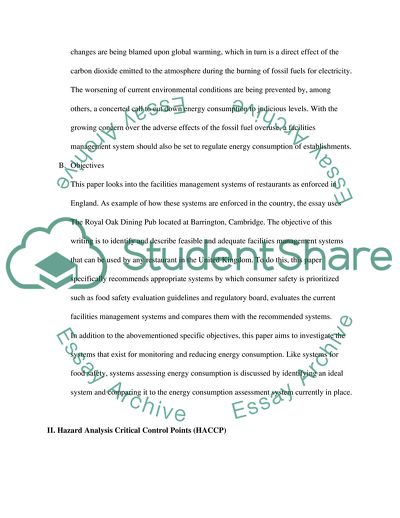Cite this document
(Health and Safety - HACCP energy control systems in a restaurant in Coursework, n.d.)
Health and Safety - HACCP energy control systems in a restaurant in Coursework. https://studentshare.org/engineering-and-construction/1747449-health-and-safety-haccpenergy-control-systems-in-a-restaurant-in-the-uk
Health and Safety - HACCP energy control systems in a restaurant in Coursework. https://studentshare.org/engineering-and-construction/1747449-health-and-safety-haccpenergy-control-systems-in-a-restaurant-in-the-uk
(Health and Safety - HACCP Energy Control Systems in a Restaurant in Coursework)
Health and Safety - HACCP Energy Control Systems in a Restaurant in Coursework. https://studentshare.org/engineering-and-construction/1747449-health-and-safety-haccpenergy-control-systems-in-a-restaurant-in-the-uk.
Health and Safety - HACCP Energy Control Systems in a Restaurant in Coursework. https://studentshare.org/engineering-and-construction/1747449-health-and-safety-haccpenergy-control-systems-in-a-restaurant-in-the-uk.
“Health and Safety - HACCP Energy Control Systems in a Restaurant in Coursework”. https://studentshare.org/engineering-and-construction/1747449-health-and-safety-haccpenergy-control-systems-in-a-restaurant-in-the-uk.


